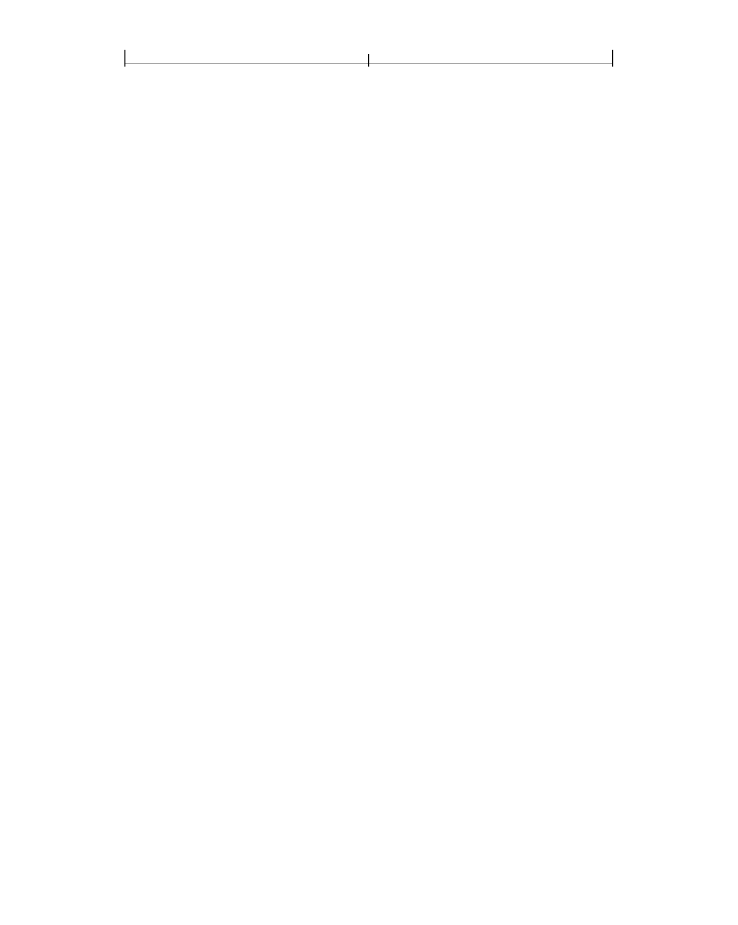
SECTION 4.8
339
Images
tation, reflection, and skew (see Section 4.2, “Coordinate Systems”). For example,
if the
XObject
subdictionary of the current resource dictionary defines the name
Image1
to denote an image XObject, the code shown in Example 4.27 paints the
image in a rectangle whose lower-left corner is at coordinates (100, 200), that is
rotated 45 degrees counterclockwise, and that is 150 units wide and 80 units high.
Example 4.27
q
1 0 0 1 100 200 cm
0. 7071 0. 7071
−0.
7071 0. 7071 0 0 cm
150 0 0 80 0 0 cm
/Image1 Do
Q
% Save graphics state
% Translate
% Rotate
% Scale
% Paint image
% Restore graphics state
(As discussed in Section 4.2.3, “Transformation Matrices,” these three transfor-
mations could be combined into one.) Of course, if the aspect ratio (width to
height) of the original image in this example is different from 150:80, the result
will be distorted.
4.8.4 Image Dictionaries
An image dictionary—that is, the dictionary portion of a stream representing an
image XObject—can contain the entries listed in Table 4.39 in addition to the
usual entries common to all streams (see Table 3.4 on page 62). There are many
relationships among these entries, and the current color space may limit the
choices for some of them. Attempting to use an image dictionary whose entries
are inconsistent with each other or with the current color space causes an error.
Note:
The entries described here are appropriate for a
base image—one
that is in-
voked directly with the
Do
operator. Some of the entries are not relevant for images
used in other ways, such as for alternate images (see “Alternate Images” on page
nored.